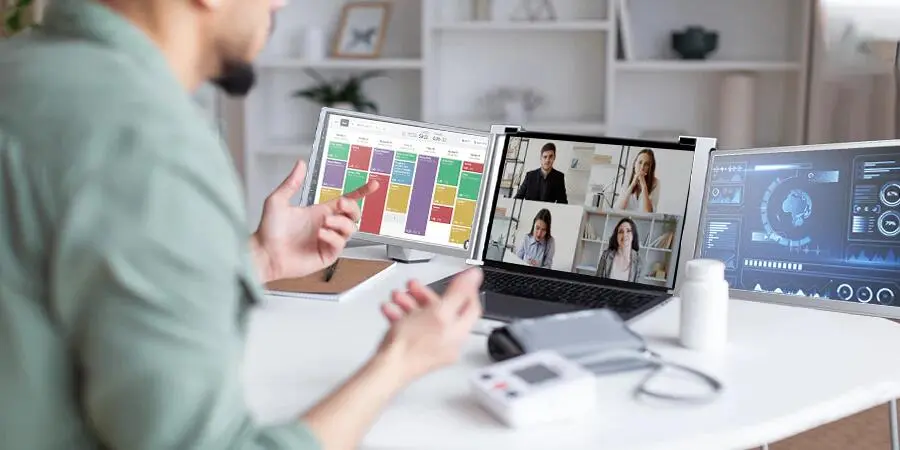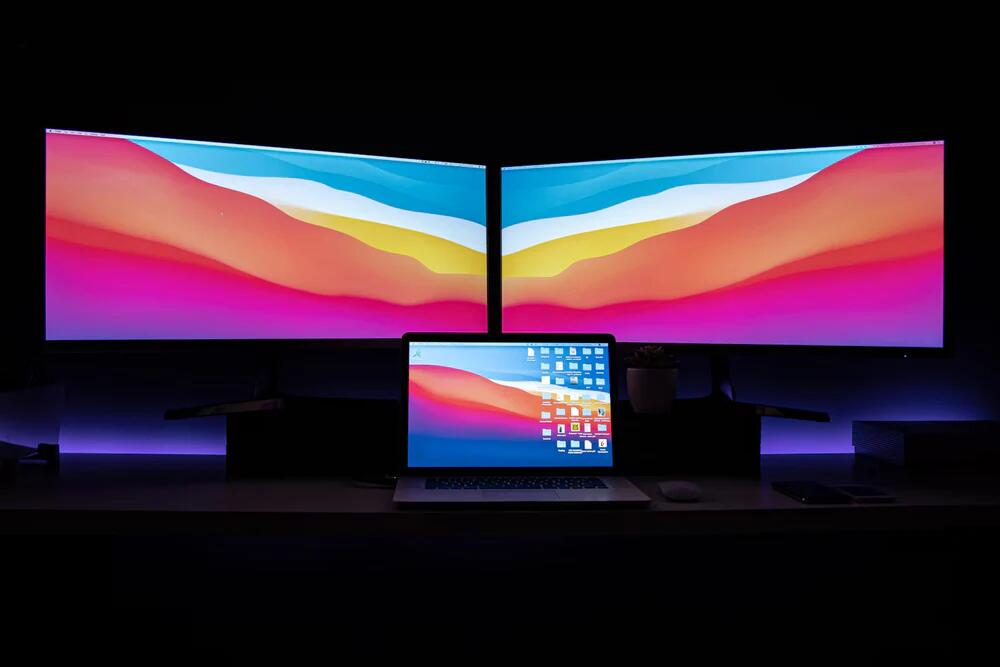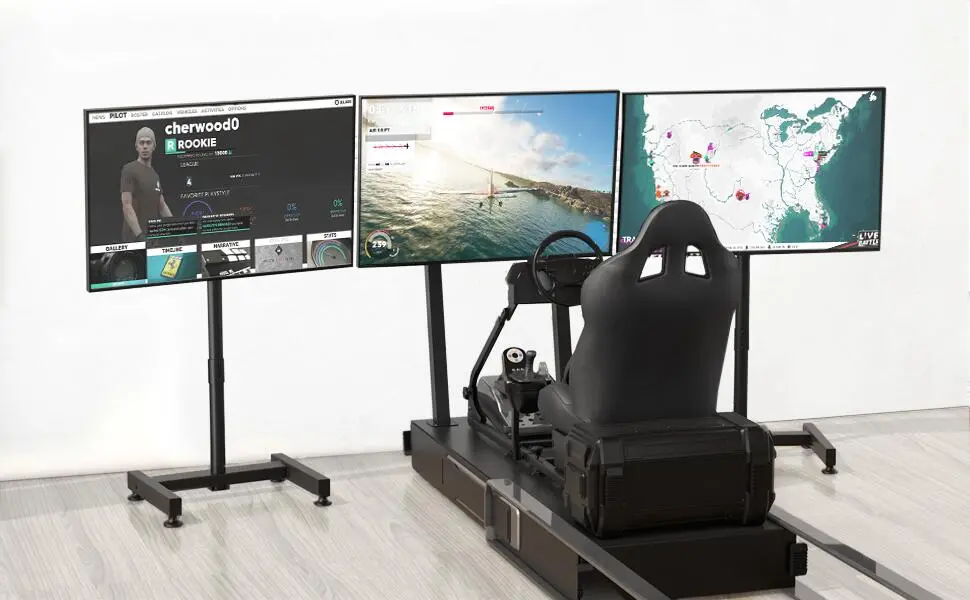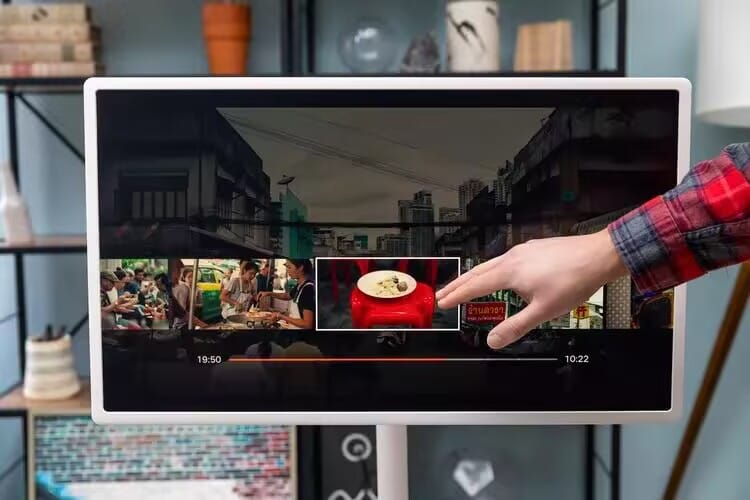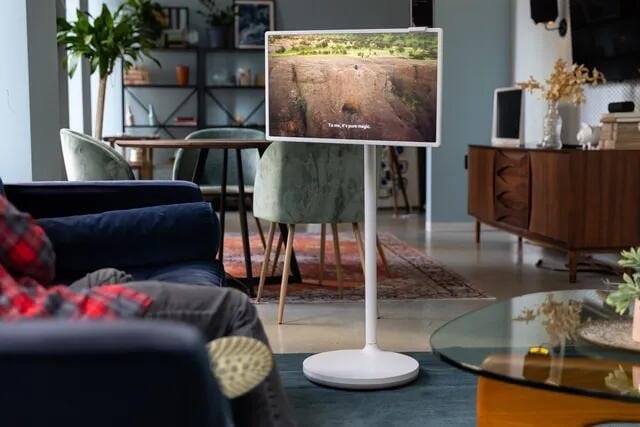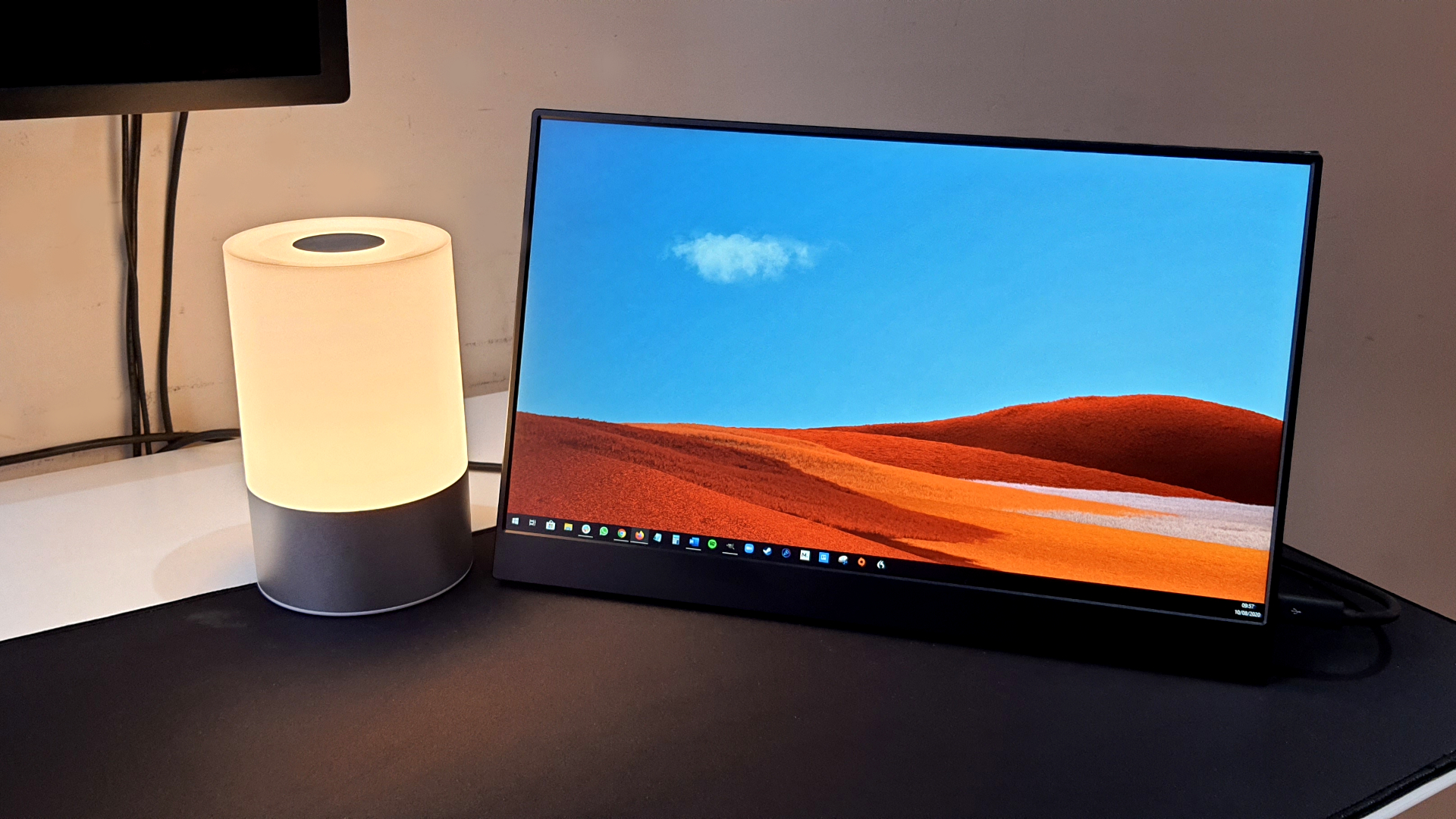
Can a portable monitor become a viable replacement for a big desktop screen? This is quite ambitious—conventional monitors used to rule homes with their large size and specifications; portable versions are quickly gaining prominence with lots of space and convenience. With portable monitors having screens of between 15 and 17 inches and others for office use that can easily fit into smaller spaces, this is quite possible. Does a portable monitor make a reliable replacement for a desktop screen? Does it really do it justice? Does it keep up with what you used to do on your desktop screen?
Table of contents
- What Makes Desktop Monitors the Norm?
- Comparative Analysis of Dimensions and Performance of Portable Monitors
- The domestication into home office buildings.
- Can it handle your work load?
- It doesn’t entirely replace a desktop screen.
- Choosing a Suitable Portable Display
- Setting up and Maintaining Your Monitor
- A Fair Trade for Many People
What Makes Desktop Monitors the Norm?
Desktop monitors are traditionally used in both homes and workplaces and are usually about 24 to 32 inches in size. They are favored by virtue of having large screens, good resolutions (going up to 4K and higher), and rich options for connections (with DisplayPort and multiple ports for HDMI). Desktop monitors are made for non-mobile use and are usually paired with a desktop personal computer or a laptop in docking mode to offer consistent output for graphic designing, gaming, and statistical analysis.
However, this comes with trade – offs. Desktop monitors require dedicated space—think 20 – 30 inches of desk depth—and a constant power supply, usually via a 50 – 100W adapter. For users with limited room or a need for mobility, these factors can outweigh the benefits, prompting the question of whether a portable alternative could suffice.
Comparative Analysis of Dimensions and Performance of Portable Monitors
A portable monitor with large screen challenges the desktop norm by offering 15 – to 17 – inch displays—smaller than most desktop models but significantly larger than a laptop’s 13 – 15 inches. Weighing 1.5 to 2 pounds and measuring under 0.5 inches thick, they connect via USB – C or HDMI, drawing power from a laptop or external bank at 10 – 15 watts for 1080p or 20 – 25 watts for 4K.
In function, these products duplicate desktop functionality in meaningful areas. A portable 17 – inch monitor, for instance, provides enough screen space for dual – application operation—such as web browsing and a word processor—yet maintains portability. High – end models support resolutions up to 4K, on par with those found on desktop displays, and IPS panels offer broad viewing angles and faithful color representation. There is a catch: they lack stand adjustability and port variety that larger monitors enjoy; still, for most consumers, that is a sacrifice worth making.
The domestication into home office buildings.
A portable home office monitor is especially useful in smaller or versatile workspaces. Whereas a 27 – inch desktop monitor needs a large desk and a permanent position, a portable one can squeeze into small spaces, thus being suitable for apartments or shared rooms. Its light build and collapsible stand, which usually also acts as a cover, make it easy to relocate, thus enabling adjustments to changing needs.
Power efficiency adds appeal. A 1080p portable monitor consumes 10 – 15 watts, compared to a desktop monitor’s 30 – 50 watts, making it viable with a 20W power bank for short off – grid use. For remote workers or hybrid setups, this flexibility can rival the stationary reliability of a traditional display, especially in space – constrained environments.
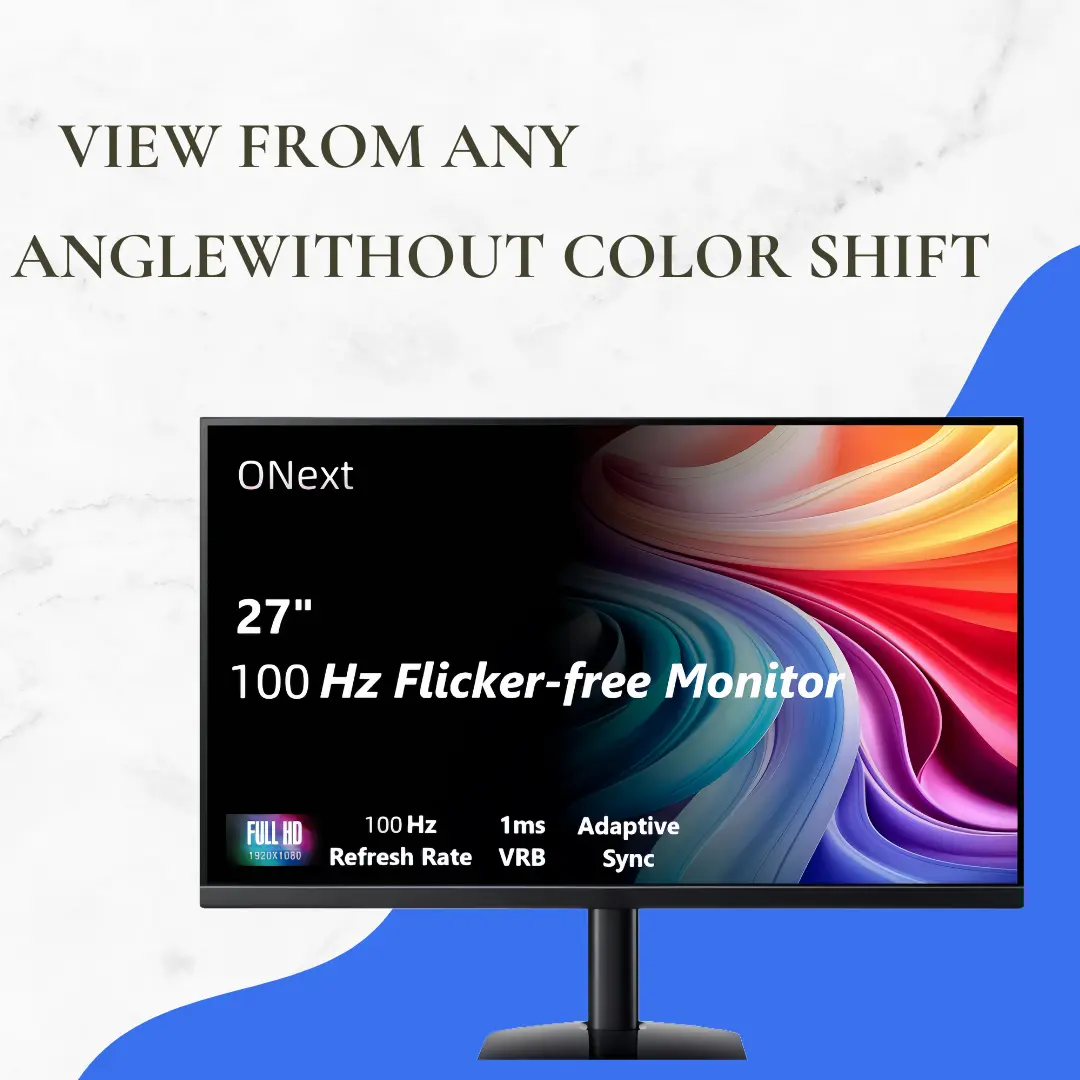
Can it handle your work load?
The replacement question hinges on your tasks. A portable monitor for desktop replacement excels for general productivity—email, spreadsheets, and video calls benefit from the added space. Creative professionals might opt for 4K models to match desktop – level detail, while casual users find 1080p sufficient.
However, limitations exist. Desktop monitors often support higher refresh rates (120 – 240Hz) for gaming, whereas portable models typically cap at 60Hz, with rare exceptions hitting 144Hz. Port options also differ—desktop units offer multiple inputs (HDMI, DisplayPort, USB), while portable ones stick to USB – C or HDMI. For multi – device setups or high – performance needs, these gaps could matter.
It doesn’t entirely replace a desktop screen.
So the question remains: can a portable monitor really take dominance? That depends on your priorities. Below is a table to judge adequacy:
| Aspect | Portable Monitor | Desktop Monitor | Best For |
|---|---|---|---|
| Size | 15 – 17 inches | 24 – 32 inches | Desktop for immersion |
| Weight | 1.5 – 2 lbs | 5 – 15 lbs | Portable for mobility |
| Power | 10 – 25W (bank/laptop) | 30 – 100W (outlet) | Portable for efficiency |
| Resolution | 1080p or 4K | 1080p to 8K | Tie—depends on task |
| Refresh Rate | 60Hz (some 144Hz) | 60 – 240Hz | Desktop for gaming |
| Connectivity | USB – C, HDMI | HDMI, DP, USB | Desktop for multi – device |
For home office users prioritizing space and portability, a portable monitor can replace a desktop one—80% of surveyed users in a 2022 PCMag report found it “adequate” for daily work. Gamers or multi – monitor power users, however, may still lean toward desktop models.
Choosing a Suitable Portable Display
Your choice depends on the purpose. A desktop replacement portable monitor with a 17 – inch 4K screen is ideal for work that demands detailed complexity, while a 15.6 – inch 1080p is sufficient for running basic operations. A portable monitor with a bigger display improves visibility, while a portable monitor for a home office focuses on space – saving efficiency.
Consider these factors:
- Resolution: 1080p for standard use; 4K for precision.
- Brightness: 250 – 300 nits for indoor clarity; 350+ for bright rooms.
- Connectivity: USB – C for ease; HDMI for broader compatibility.
- Weight: 1.5 – 2 pounds keeps it portable.
Setting up and Maintaining Your Monitor
Setup takes minutes. USB – C connects directly—Windows “Display Settings” or macOS “System Preferences” extends your screen. HDMI requires a USB power line—test with a simple app to confirm stability. A 20W bank or charger supports standalone use, delivering 6 – 8 hours for a 15W monitor.
Maintenance is straightforward. Store it in a sleeve to prevent scratches, clean with a microfiber cloth for clarity, and keep spare cables (USB – C or HDMI) for quick swaps. These steps ensure durability across setups.
A Fair Trade for Many People
Can a portable monitor be a replacement for a desktop monitor? Indeed, for many users, it is enough screen space and easily accommodates a home office environment with a portable monitor designed for that purpose and of regular desktop size with a large – screen portable monitor. It is a wise replacement—offering convenience, work efficiency, and space savings.
